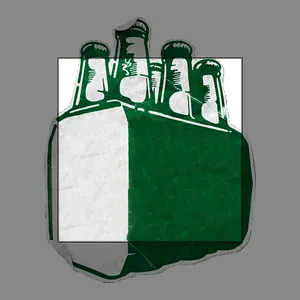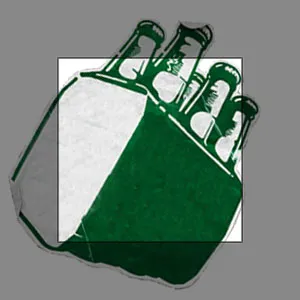我有一个应用于网格的纹理,我可以更改其偏移量。
我可以使用以下方法更改缩放:
我的问题是,如何在平面内旋转纹理?
示例:
原始纹理: 旋转后的纹理:
旋转后的纹理:
 谢谢。
谢谢。
mesh.material.map.offset.set
我可以使用以下方法更改缩放:
mesh.material.repeat.set
我的问题是,如何在平面内旋转纹理?
示例:
原始纹理:
 旋转后的纹理:
旋转后的纹理:
 谢谢。
谢谢。